#lysippos
Text
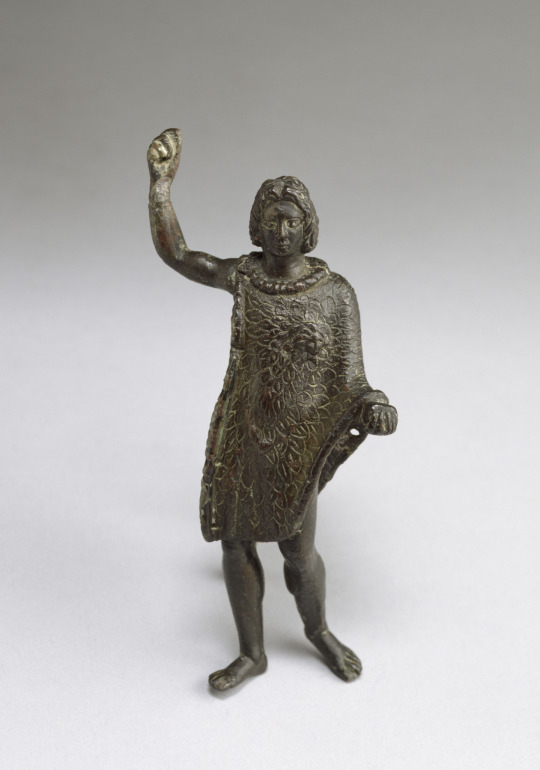
Statuette (bronze inlaid with silver) of Alexander the Great, standing in contrapposto and wearing the aegis. He may once have held a spear or lance in his right hand and the Palladion in his left. Roman Imperial copy (1st-3rd cent. CE) after an original thought to have been sculpted by Lysippus during Alexander's lifetime. Perhaps from Alexandria; now in the Walters Art Museum, Baltimore.
#classics#tagamemnon#Alexander the Great#ancient history#Ancient Greece#Hellenistic period#art#art history#ancient art#Greek art#Ancient Greek art#Hellenistic art#Lysippus#Lysippos#Roman art#Ancient Roman art#Roman Imperial art#sculpture#portrait sculpture#statuette#metalwork#bronze#bronzework#Walters Art Museum
141 notes
·
View notes
Text

Okay, here's one I can get behind. It uses the Azara herm, which may be one of the least idealized statues of Alexander the Great. The bronze original was made by Lysippos during ATG's lifetime; the Azara herm is a Roman marble copy.
I've been less-than-enthused by several other recent attempts, although some were better than others. This comes closest, imo.
Edited to add: You can get a copy of it HERE.
#Alexander the Great#Modern imaging of Alexander the Great#Azara Herm#Lysippos#Classics#Ancient Macedonia
89 notes
·
View notes
Text
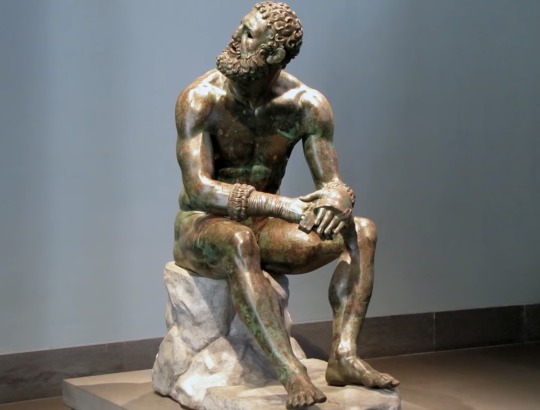






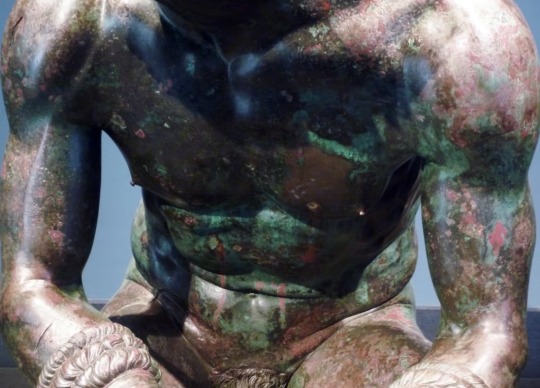

The Seated Boxer (or Boxer at Rest), 350-30 BCE
By Lysippos, 390-00 BCE
9 notes
·
View notes
Photo
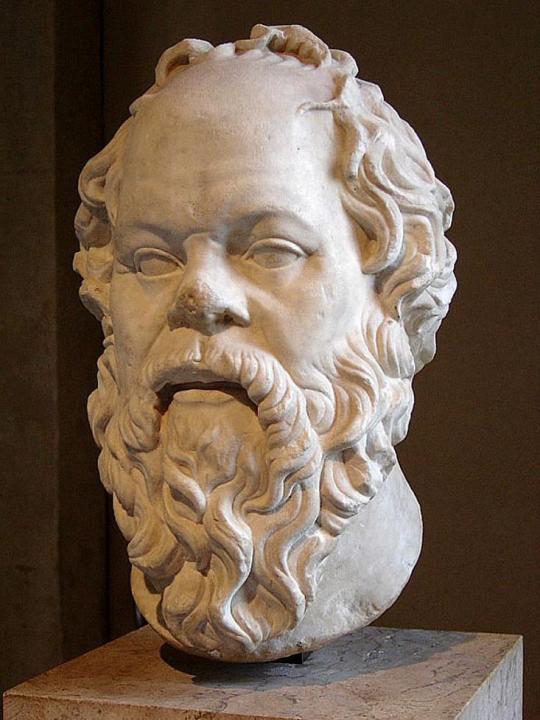
MWW Artwork of the Day (5/4/22)
Lysippos (Greek, c. 390-300 BCE)
Bust of Socrates (c. 330 BCE)
Roman copy (1st c. BCE) in marble after the Greek bronze original
Musée du Louvre, Paris
Together with Scopas and Praxiteles, Lysippos is considered one of the three greatest sculptors of the Classical Greek era, bringing transition into the Hellenistic period. Problems confront the study of Lysippos because of the difficulty of identifying his style amongst the copies which survive. Not only did he have a large workshop and a large number of disciples in his immediate circle, but also there is understood to have been a market for replicas of his work which was supplied also from outside his circle already in his own lifetime and also later in the Hellenistic and Roman periods. Socrates (c. 469–399 BCE) is one of the founders of Western philosophy.
For more Ancient Greek art, visit this MWW Special Collection:
https://www.facebook.com/media/set/?vanity=TheMuseumWithoutWalls&set=a.419770264795015
4 notes
·
View notes
Text
The Parasol of Lysippos Grenada
• [x] keeps Lysippos Grenada in shadow
• [x] signals status
• [x] catches the wind
• [x] flies beyond the world
• [x] carries with it whomever was holding on when it departed
4 notes
·
View notes
Text

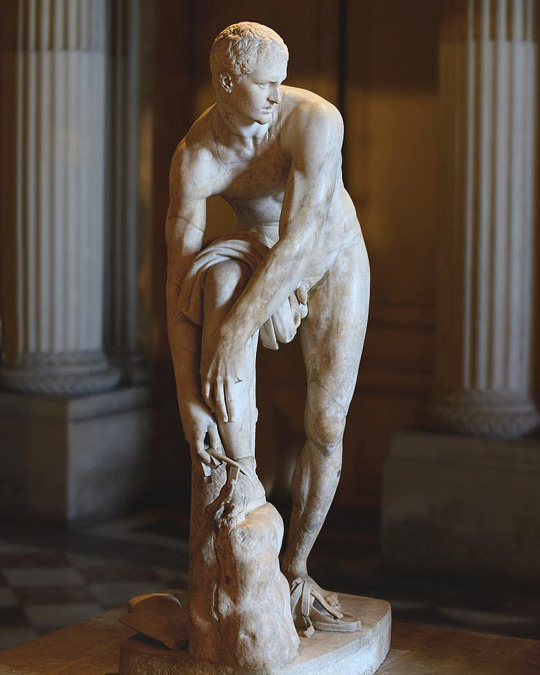
“Hermes fastening his sandal (Cincinnatus)”. Roman copy (2nd cent. CE) from Greek original by Lysippos (4th century BCE). Musée du Louvre, Paris. Pentelic marble.
192 notes
·
View notes
Text
Be gone, Valentine!

Something wicked this way comes! 😮...I'm sorry... but as you already got something cute from me for this Valentine's Day, now it's NotEnriques turn to play Amor 🏹💚💙
... At least he tries his best... Just look at him!
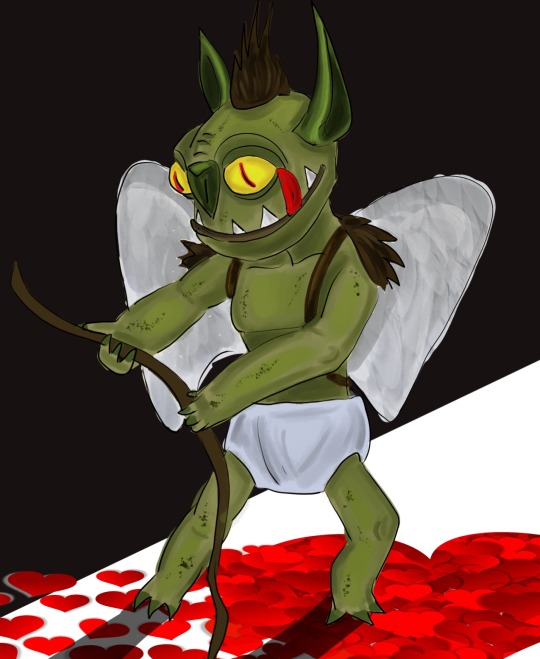
Our little winged God Troll of Love is inspired by the ancient sculpture "Eros stringing his bow" by the sculptor Lysippos. 🏹❤️
Give him some love while you can! I... have the distinct feeling that, if he goes through with his self proclaimed mission to enhance romantic moods, he will be spending the rest of this Valentine's day either outside or in a cage...but not for long, don't worry...
#walter strickler#stricklake#strickler#notenrique#valentines day#trollhunters#stricklander#trollhunters strickler#my art#changelings#digital art
43 notes
·
View notes
Text
Silenus con il bambino Dioniso.
Marmo. Copia romana della metà del II secolo d.C. dopo un originale greco di Lysippos (ca. 300 a.C.).

78 notes
·
View notes
Text

Hermes fastening his sandal, so-called “Cincinnatus,” Roman copy of the 2nd CE after a Greek original by Lysippos of the 4th BCE, Musée du Louvre
31 notes
·
View notes
Text
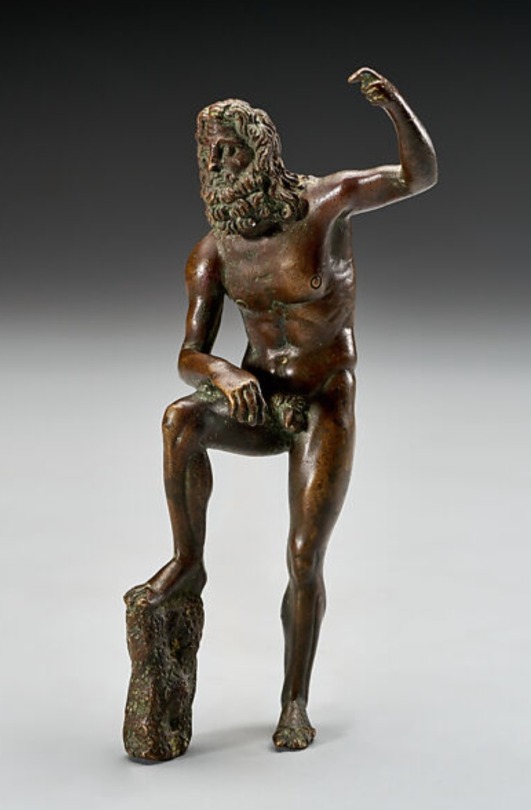


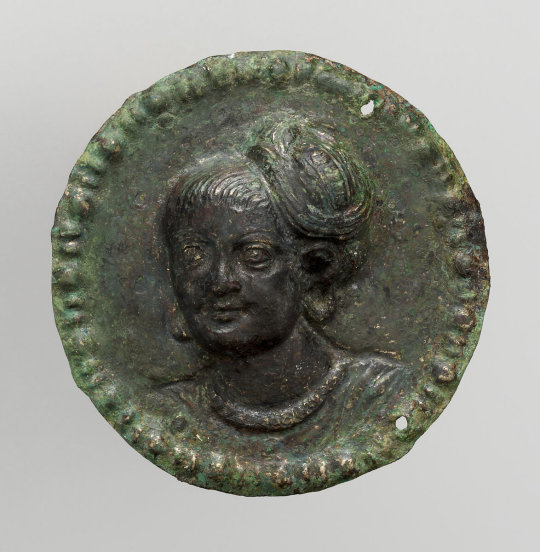
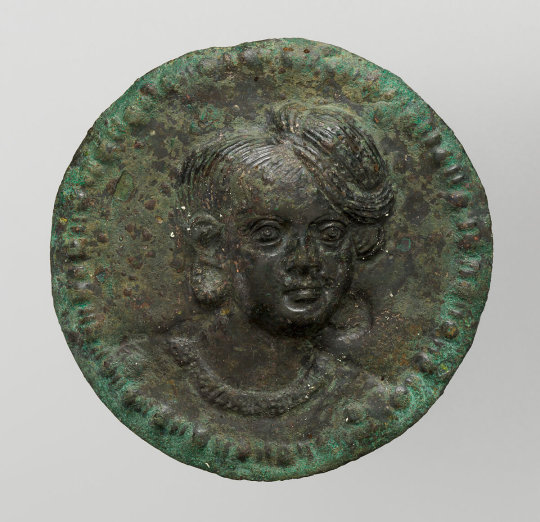
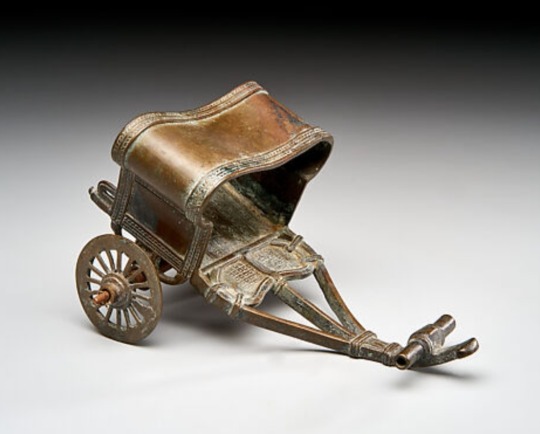

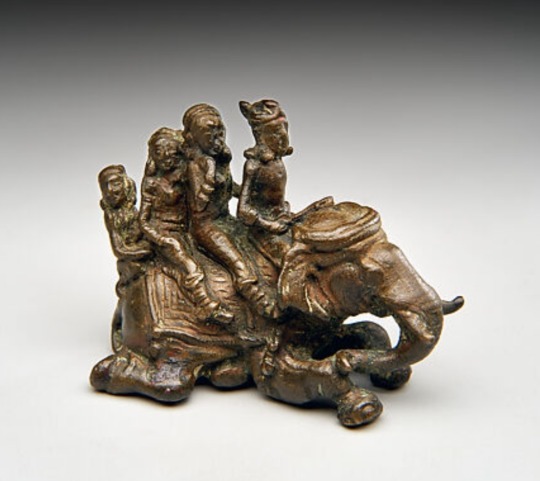
The Brahmapuri Hoard
India, Brahmapuri, Kolhapur, Satara District, Maharashtra. ca. 2nd century CE.
A hoard of thirty-seven bronze and copper objects was excavated in 1945 at Brahmapuri, in Kolhapur, western India. The cosmopolitan mix of indigenous Indian objects and Roman imports suggests a merchant’s inventory of goods destined for sale in the Satavahana territories of the Deccan. The bronze Poseidon is one of many miniature copies after the lost original by the Greek sculptor Lysippos, images of which were issued on coins as early as 290 BCE. The group of locally produced miniature bronzes, including the toy cart and elephant with riders, points to an indigenous market for luxury novelties in metal. Other items in the hoard, including the spouted vessel, ring fitting, and set of auspicious symbols, suggest ritual use.
43 notes
·
View notes
Text

The Boxer At Rest
The bronze statue Boxer at Rest was excavated in Rome in 1885 on the south slope of the Quirinal Hill near the ancient Baths of Constantine, where it is thought to have been displayed.
Possibly inspired by Heracles sculpted by Lysippos in the fourth century B.C., thereby associating the momentary rest of a victorious athlete to that of a mythical hero who embodies the ideals of virtue and strength.
It is, therefore, possible that the statue was meant to celebrate a mythical or real boxer who was glorified for his endurance and courage.
Scholars have long debated the date of the statue, which is most likely between the late fourth and the second century B.C.
The sculpture is an exceptional work in bronze from the Hellenistic period (323-31 B.C.) and is of outstanding artistic value.
It reveals the cuts and bruises fighters suffered.
At Palazzo Massimo alle Terme
Rome
145 notes
·
View notes
Text
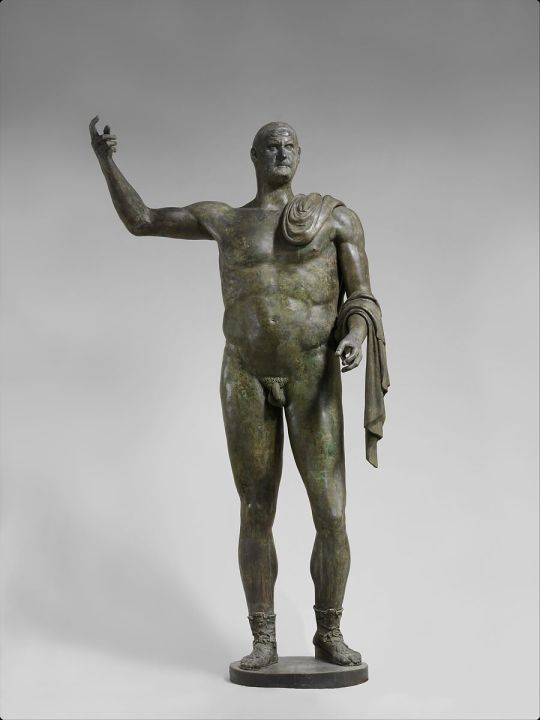
Bronze statue of the emperor Trebonianus Gallus. 251-253 CE. x
This bronze monumental statue is one of the very few nearly complete Roman bronze statues of the third century preserved today. It is a reminder that many of the disembodied portrait heads displayed in these galleries were once attached to freestanding sculptures, whose original appearances were undoubtedly quite different. Portraits of the emperor served the highly important function in imperial propaganda of presenting the ruler to the public and of projecting the personality with which he wished to be perceived. Leadership and military strength are evoked in the heroic nudity of the figure and in the pose, which recalls the famous statue of Alexander the Great with the Lance by Lysippos. In contrast to the idealized body, the portrait head represents the emperor with brutish realism. Trebonianus likely would have cradled a parazonium, or short sword, in his left arm, and held a spear in his upraised right hand.
The statue has undergone several campaigns of restoration since its discovery in the early nineteenth century and was examined in great detail as part of the conservation treatment in preparation for its display here. Visual examination inside and out, combined with x-radiography, made possible the clear identification of ancient and restored areas, which are indicated in the accompanying illustration. At least three-quarters of the statue is ancient. Despite the discrepancy in scale, the head belongs to the body. Although the mantle draped over his left shoulder is a modern restoration, cast edges beneath it confirm that the statue had a similar embellishment in antiquity. The left foot with its elaborately decorated open-fronted boot appears to be ancient but may not belong.
37 notes
·
View notes
Text
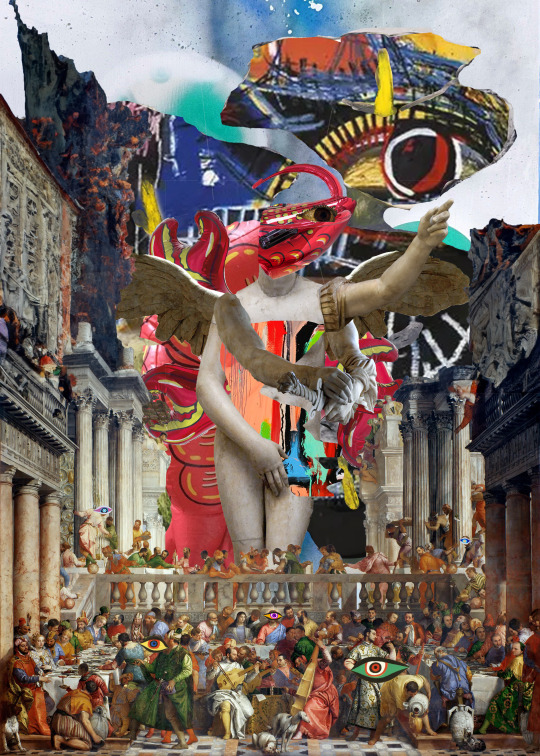
Collage, I like destruction (name is still in progress, much like the rest of the piece)
made using
Augustus of Prima Porta, unknown (1 ad)
The Wedding at Cana, Paolo Veronese (1562-1563)
Ciphers and Constellations, in love with a woman (1941)
Jeff Koon, Lobster (2003)
Untitled (Cala Lilies) - Donald Sultan 1998
Charioteer of Delphi - INIOCHOS - 470 to 478 BC
Boy and Dog in a Johnnypump - Jean-Michel Basquiat - 1982
Head (1981) Jean-Michel Basquiat
Marble Statue of Aphrodite - Roman Imperial - the metropolitan Museum of Art
ludovosi Ares - Lysippos - 4th Century BCE
Winged Victory - unknown sculptor - 4th century BC
12 notes
·
View notes
Photo
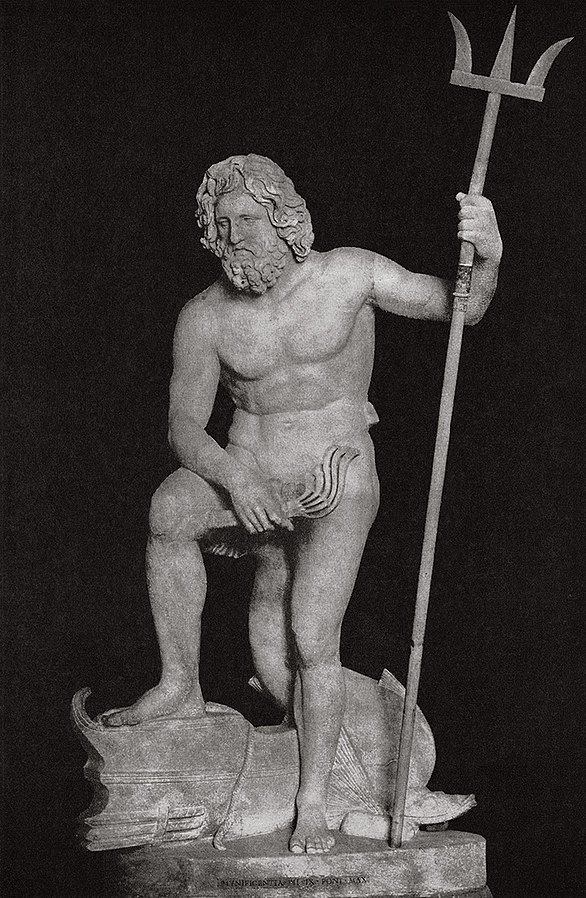
The Lateran Poseidon, circa 2nd Century CE; is a colossal statue which derived from the lost bronze sculpture made by Lysippos (IV century b.C.) for the Temple of Isthmia, on the Isthmus of Corinth, dedicated to the god Poseidon. The statue was originally in the Lateran Museum in Rome (then suppressed) and is probably the most significant evidence of the lost masterpiece of Lysippos
188 notes
·
View notes
Photo
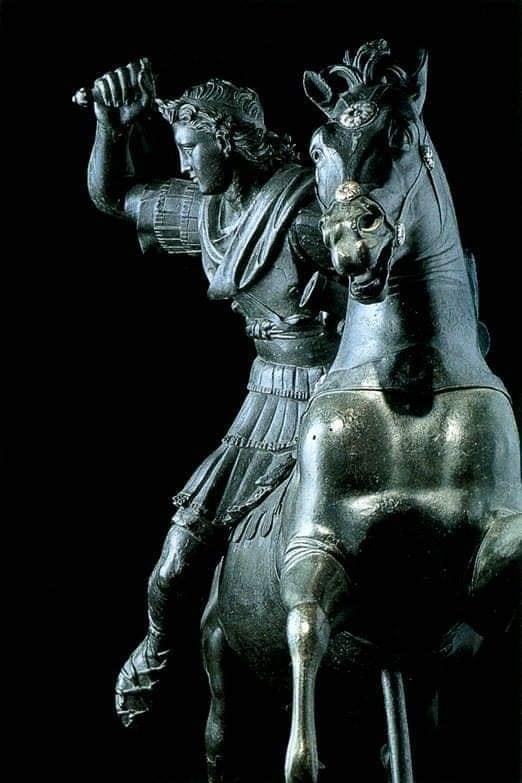
ΕΦΙΠΠΟΣ ΑΛΕΞΑΝΔΡΟΣ - ALEXANDER THE GREAT ON HORSEBACK
(Greek - English text)
Greek, Late Hellenistic - First century BCE bronze, with silver inlays.
H: 51 x W: 29 x D: 51 cm.
Naples, Museo Archeologico Nazionale.
Χάλκινο -με ασημένια διακοσμητικά στοιχεία- αγαλματίδιο του έφιππου Μεγάλου Αλεξάνδρου. Ο Αλέξανδρος αναγνωρίζεται από το βασιλικό διάδημα και τα χαρακτηριστικά κυματιστά μαλλιά του. Φορά κοντή χλαμύδα, θώρακα και στρατιωτικά σανδάλια. Με το δεξί του χέρι κραδαίνει το ξίφος ενώ με το αριστερό κρατά τα ηνία του αλόγου του, του Βουκεφάλα. Βρέθηκε το 1761 στο Ερκουλάνεουμ (Ηράκλεια), κοντά στην Πομπηία.Πιστεύεται ότι είναι μικρό αντίγραφο του κεντρικού αγάλματος ενός μνημειακού συνόλου αγαλμάτων του Λύσιππου που έχουν χαθεί. Κοσμούσαν το ιερό του Δία στην ιερή πόλη των Αρχαίων Μακεδόνων, στο Δίον σε ανάμνηση της μεγάλης πρώτης νίκης του Αλεξάνδρου εναντίον των Περσών στο Γρανικό ποταμό το 334 π.Χ. Το 146 π.Χ. είχε μεταφερθεί στη Ρώμη μαζί με χιλιάδες άλλα καλλιτεχνικά δημιουργήματα των Ελλήνων.
Alexander the Great is recognizable by the royal diadem in his characteristic wavy hair. The Macedonian king wears a short chlamys (cloak), a cuirass, and laced military sandals. He once brandished a sword in his right hand, while his left hand grasped the reins of his rearing horse, presumably his favorite Boukephalos (Bull Head). Found in 1761 at Herculaneum in Italy, the statuette is thought to be a small-scale replica of the centerpiece of a monumental group by Lysippos. The now-lost original was set up in the Sanctuary of Zeus at Dion, in northern Greece, to commemorate Alexander’s victory over the Persians at the Granikos River in 334 B.C.; it was transferred to Rome in 146 B.C.
7 notes
·
View notes
Photo
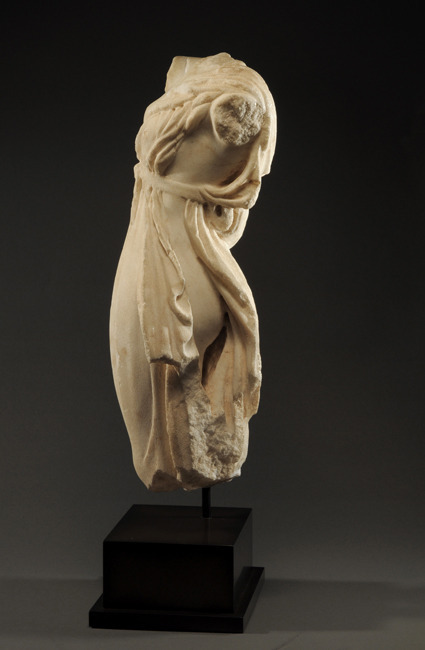
ROMAN MARBLE STATUE OF PRAXILLA OF SICYON The famed Greek lyric poetess who lived ca. 450 BC is depicted in performance, her body turned and her arms raised in expression. She wears a loosely belted chiton which falls away revealing her body as she moves. The original sculpture by Lysippos, cited by several ancient sources as the most beautiful representation of the female form, is lost but a few Roman copies remain. Praxilla was one of nine women distinguished as the Lyric Muses, her scolia (short lyrical poems sung after dinner) were among the most celebrated of that time. Ca. 2nd Century AD
H. 15 ½ in. (39.4 cm.)
52 notes
·
View notes